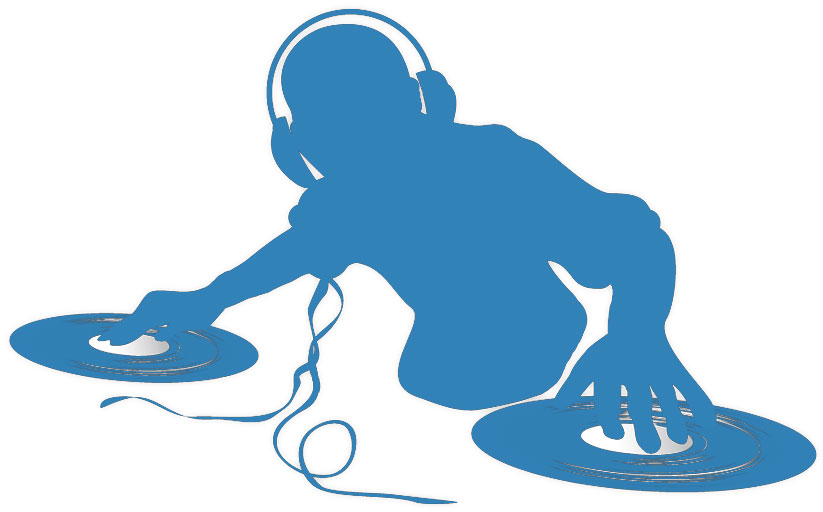Dreaming of becoming a famous DJ is not just pure talent. DJ equipment is essential for you to become one as this device helps you utilize your ability in the best possible way. At first, you will have to learn about the different instruments and each of their functions. There are also many brands that you must be aware of to find what is best for you. Be sure to check out the best DJ mixers right here on BestDJKit.com.
So today, we will talk about the common mistakes that beginners often did in the world of DJing. You can easily get puzzled between a DJ mixer and controller. On the bright side, there are key differences that you can take note of so that you will be able to distinguish the two apart.
For a complete overview, details of a controller or mixer will be discussed here. We will continue to tackle the differences of each.
What is a DJ Controller?
Today’s DJ controller has three essential parts. These are the audio interface, control surface, and control for any smartphone application.
The function of the audio interface is transporting the signal to any external device. This includes mobile devices, computers, effects processor, and PA systems. It will depend on what type of connector that is available with a controller the number of external equipment that requires signal.
On the other hand, the control surface has buttons, knobs, faders, pads, and jog wheels. These can be utilized for the control hands-on of the software settings and functions. The surface also has a display and LEDs. When indicating parameters like system status and audio levels, these are very helpful.
And also, most new-age controllers today come with a tale or smartphone support feature.
What are DJ Mixers?
We are done explaining the features of the DJ controller. We will move to what DJ mixers are all about. You will get easily confused between two because most controllers have taken some features of mixer today. Also, mixers are very advance that it can now correspond with controller software.
Even if DJs desire the software that can mix like controllers, mixers are more improved, and it provides the best quality than traditional controllers. Mixers today have many properties, and in this section, it will be explained here briefly.
The back panel of a mixer has inputs that are plugged into an aux cable and turntable to CD players. Insert points are used to send a signal using external processors and effects. Inputs and outputs vary from the mixer to the mixer. Additional inputs like MIDI, FireWire, and USB maybe added into these inputs.
A trim or gain control is also located at the top of every channel. This can be used in controlling the level of every input channel.
EQ knobs or also known as rotary kills, are positioned below the gain controls. DJs can control the bass level, midrange, and treble for every channel.
Channel faders enable the DJ to adjust the channel volume at a time while crossfaders allow to fade in a channel and fade out the other at once.
Hamster switch can be found on scratch mixers. This will let the DJ turn the position of crossfaders. A big help for DJs when scratching the same motion no matter which side to use on the turntable.
The channel levels or master output is displayed on peak meters. Clippings and different LED colors are also indicated so that the DJ will know when the clipping is close.
The BPM counter helps the DJ when to know if the BPM sound files will match. This is done so that the transaction will go smoothly.
To adjust the volume of the headphones, a cue level is used. Cue mix can also be used as a crossfader for the headphones so the DJ can listen to the mix before he shows it off to the audience.
With the master level, adjusting the final mix level is more comfortable.
Difference of The Two
With the DJ controller, everything is good to go. It is an all in one package. The features include transport controls for volume, EQs, decks and speed. While a DJ mixer is explicitly created in mixing suite, this takes inputs from record CDs, decks, or any external soundcard that is attached to a computer that the software runs.
The two have a significant difference in pricing. Between the sound and build quality is the reason why the difference in price is essential. Mixers are more expensive; however, you can also purchase affordable ones. But, you must remember that affordable mixers do not last long, and you have to expect to replace them each year. Expensive mixers are often used in music festivals like Coachella and on top clubs. The performance of these mixers is impressive and better sound quality.
If you are a DJ that looks for the best sound equipment, a mixer can offer you better sound quality. Although the two are a bit confusing, doing a little research will not hurt.
